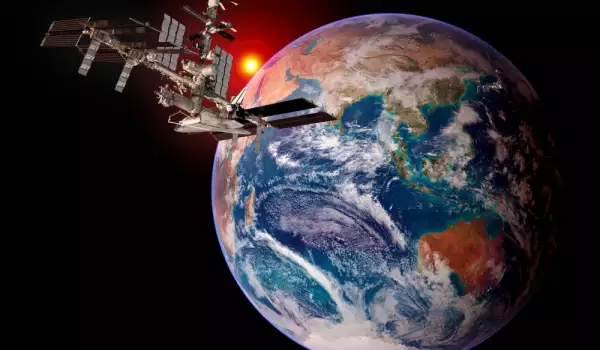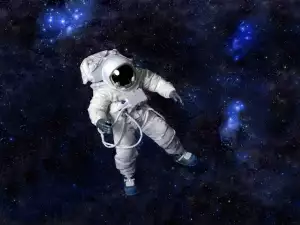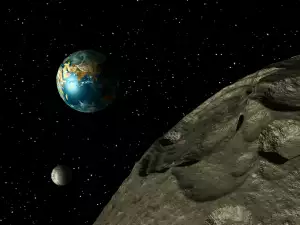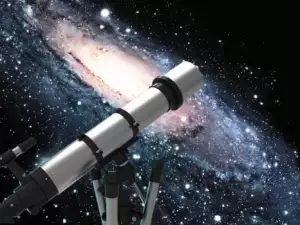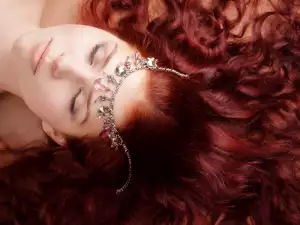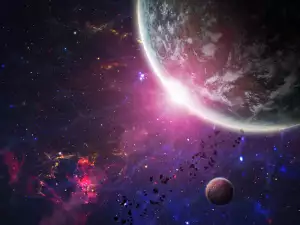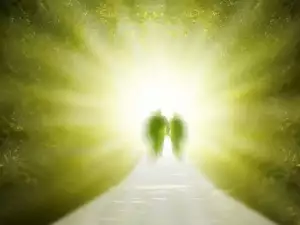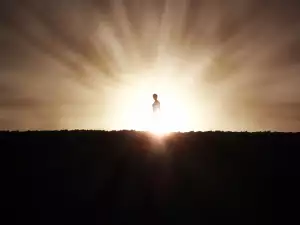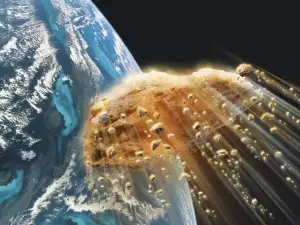A worm has grown 2 new heads after a short trip and stay in space, report the scientists who witnessed this phenomenon.
One of the functions of the International Space Station is to serve as a space laboratory studying the effects of an extended stay in space under those actual conditions. Which is why scientists are constantly doing experiments of all kinds there.
For one such experiment aboard the ISS, scientists sent flatworms, known for their regenerative abilities - including the ability to reconstruct their entire central nervous system even with just a small portion of their body remaining.
Half of the flatworms sent to the ISS had their heads cut off, while the other half were untouched.
Both groups of worms were aboard the ISS for 5 weeks, after which they were successfully returned to Earth to be studied in labs for a further 20 months.
Researchers noticed that one of the worms, whose head had been amputated, had regenerated. And it had not just regenerated the missing head, it had actually regrown 2 of them.
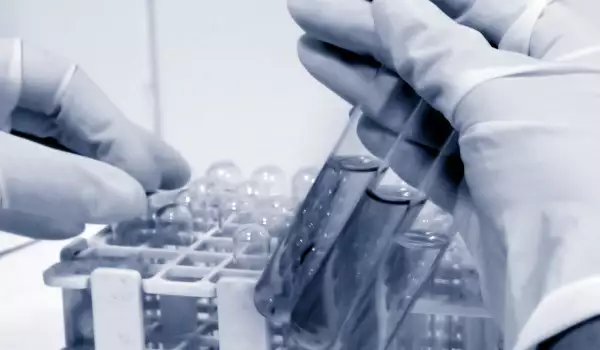
This stunned the researchers, who, after nearly 2 decades of studying the flatworm's regenerative abilities, had never seen such a thing.
Taking this even further, they cut off both the heads of the flatworm in question, who once again regenerated 2 of them - 1 at each end of its body.
The results of the experiment are highly indicative to experts who are studying how weightlessness, spaceflight and time spent in space affect living organisms.
The journey to space, along with the 5-week stay in a weightless environment, have fundamentally altered the flatworm's regenerative abilities.
Taking that into account, researchers conclude that weightlessness also changes more complex organisms, such as primates.
Study of this phenomenon continues, as learning about the effects that space has on the human body is of fundamental importance for human spaceflight.
